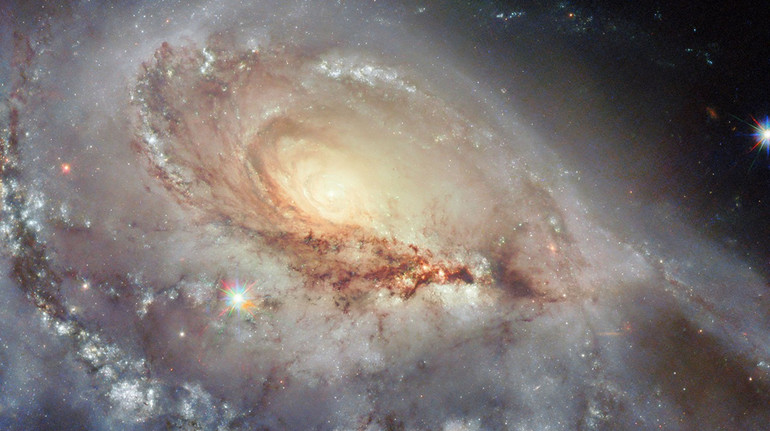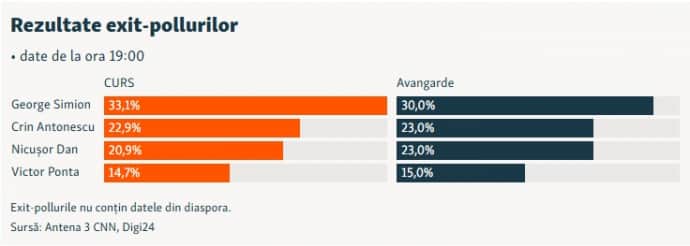NASA showed an unusual asymmetrical galaxy: photo

The galaxy has only one star sleeve
Photo: ESA/Hubble & NASA
The Hubble Space Telescope has been staining a bright asymmetrical spiral galaxy. It is located about 190 million light years from Earth in the constellation of Giraffe.
Photos of unusual stars and dust formation were shown in agencies NASA and ESA.
In the photo you can see the ARP 184 galaxy in detail, which was described in the atlas of strange galaxies. This collection in 1966 concluded American astronomer Galton ARP. It included 338 formations with a strange form that is not completely elliptical or typically spiral.

Photo: ESA/Hubble & NASA
Many galaxies in the Atlas are in the process of interaction with their « neighbors ». Some of the systems are dwarf, so they do not have a clear structure.
The galaxy has reached the list due to its only wide spiral sleeve, which in the picture seems to stretch towards the observer. On the opposite side, several clouds of gas and stars are visible from it.
In the center of the image is a bright point that radiates light, around – a stormy disk of fabric with stripes of dark dust and bright areas of star formation.
The space telescope is the result of several Snapshot space observations programs, which he conducts in intervals between other scientific research.
Over the past three decades, astronomers have found four supernovators in the galaxy – stars, which suddenly explode, significantly increasing their brightness. Therefore, the ARP 184 consider a promising goal for finding explosive space phenomena.
Earlier scientists statedthat opened a new source of gold in space.








